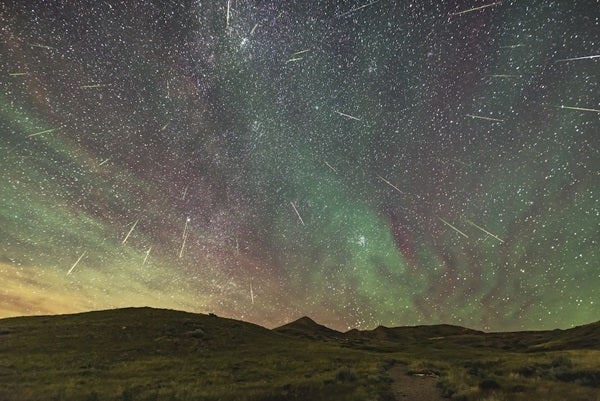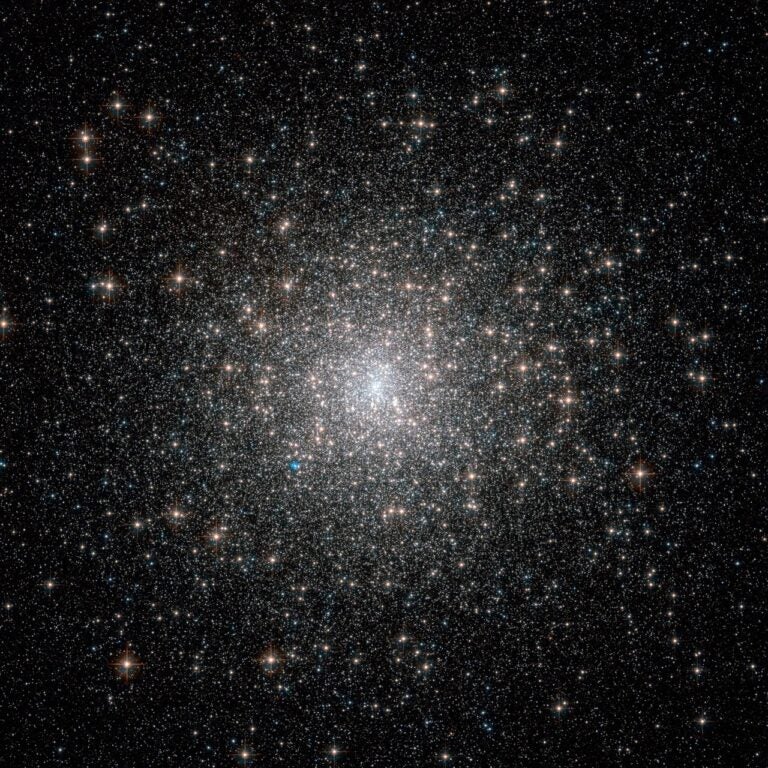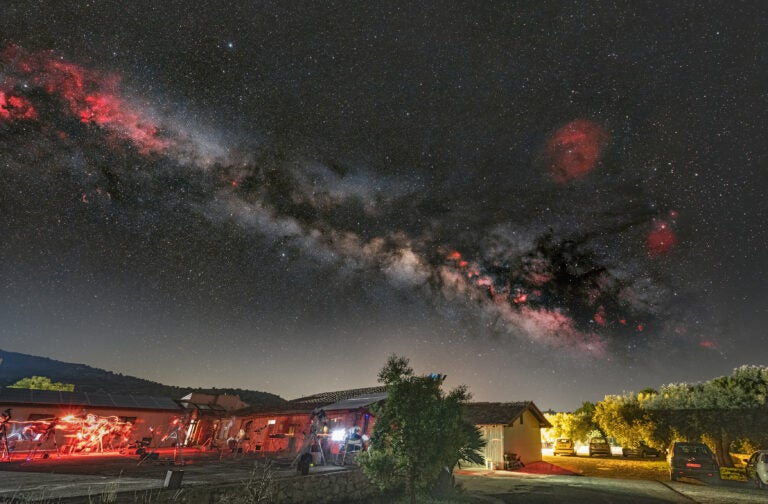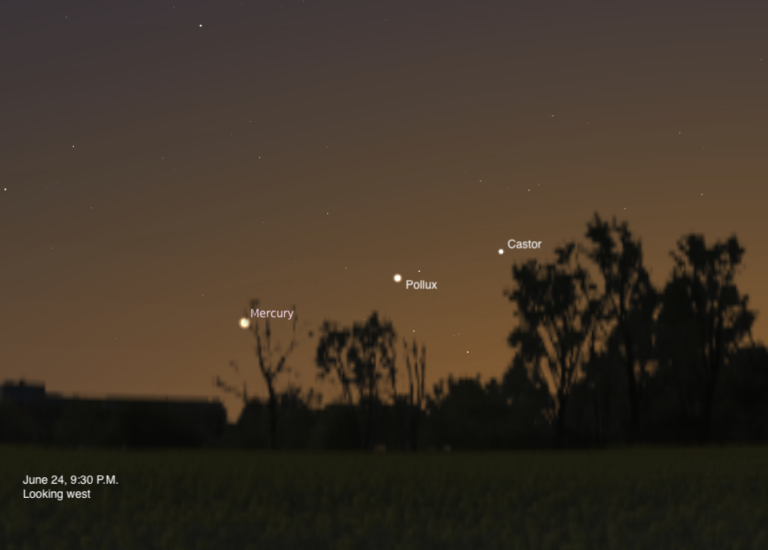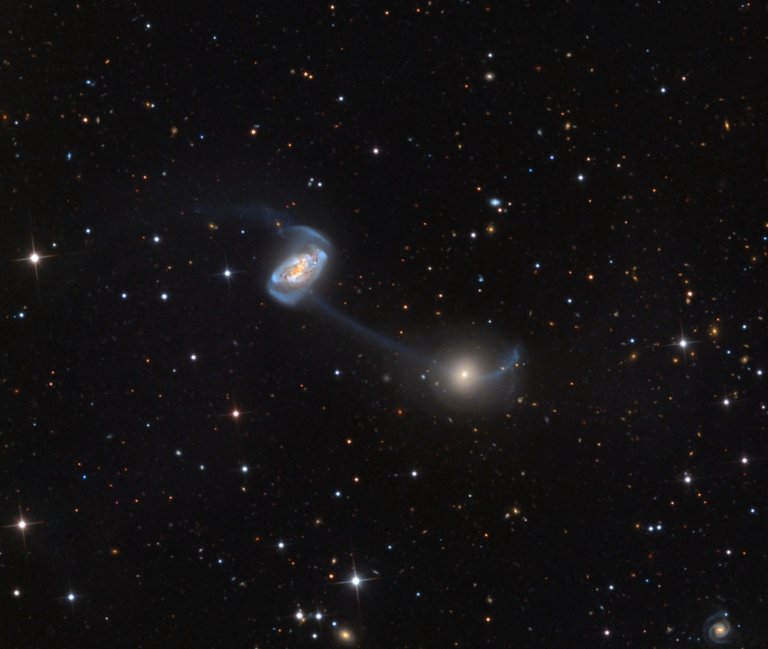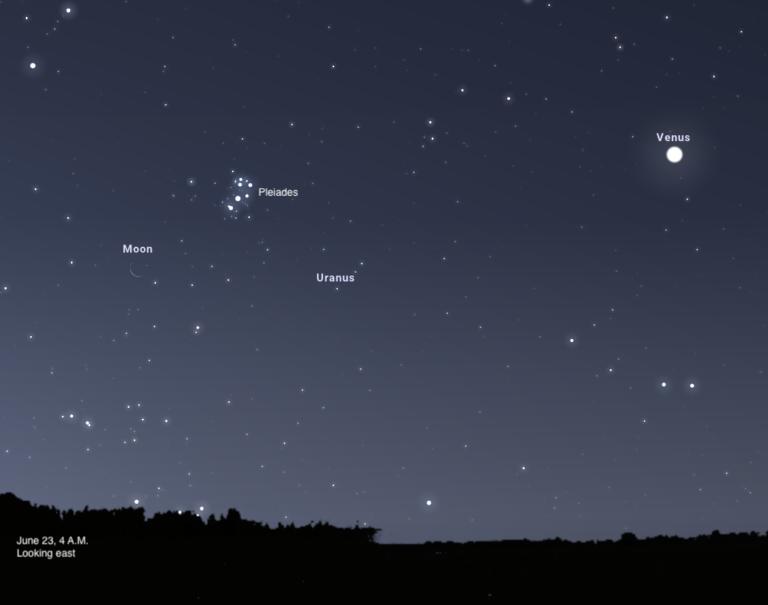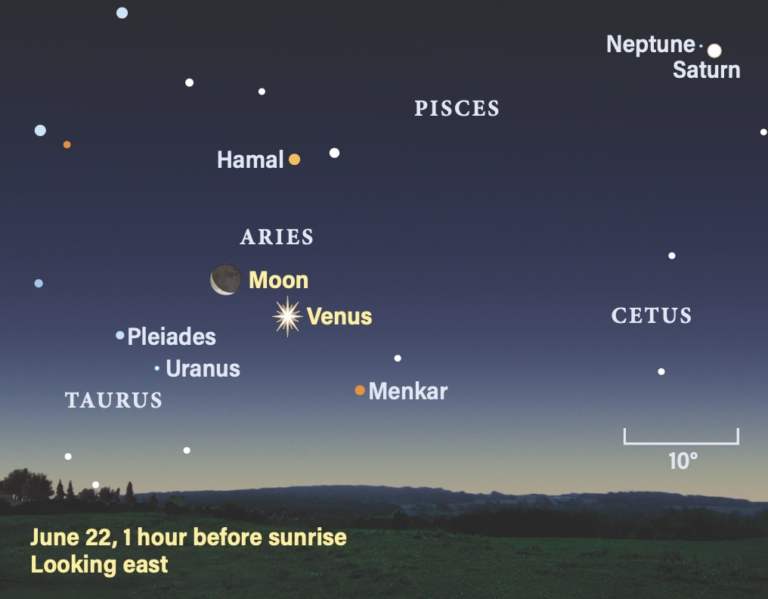Have you ever seen a meteor streak through the sky? If you’re a longtime backyard astronomer, you’ve probably seen hundreds, if not thousands. And even those unfamiliar with the night sky will likely have glimpsed at least a few “shooting stars” over the years.
That’s because meteors are far more common than most realize. In fact, as many as a half-dozen sporadic meteors zip across the sky every hour. So, even during a brief evening outing, you’ve got a good chance to spot one. Those odds dramatically increase during a meteor shower, too. And wouldn’t you know it, on the evening of Aug. 12/13, we’ll be entertained by the peak of one of the best showers of the year: the Perseids.
Like most meteor showers, the Perseids owe their existence to a comet — in this case, periodic Comet Swift-Tuttle. As this cosmic relic orbits the Sun, it leaves behind a trail of particles the size of sand grains. Whenever Earth intersects Swift-Tuttle’s orbit and passes through this debris field, we see a surplus of meteors. Each flash across the sky signifies the fiery death of one of those tiny space crumbs, as it tears through Earth’s atmosphere and succumbs to the heat of friction. Because this falling space dust comes from the same place, Perseid meteors all appear to streak outward from a specific region, called a radiant. In this case, the radiant is located near the northern part of the constellation Perseus, hence the shower’s name.
People have been admiring the Perseids for almost 2,000 years, with the earliest reference coming from a Chinese observer in a.d. 36. Today, the Perseids are the most observed of all meteor showers. That’s not because they’re the richest (that title would go to the December Geminids), but because they occur at a time of year when warm evening temperatures make for comfortable observing for many.
Here’s what you’ll want to do to get the most out of this year’s Perseid display: In the days leading up to peak activity, pick out an observing site that’s far from bright lights and affords as open a view of the sky, especially toward the northeast, where the shower’s radiant will be. As with most meteor showers, the Perseids don’t really kick into high gear until after midnight. However, you can begin to see activity around 10 p.m. to 11 p.m. on the evening of Aug. 12, when Perseus has risen above the northeast horizon. This isn’t a sprint, so you’ll want to stay relaxed and plan to observe from a lounge chair. If you live in northerly locations, make sure to dress in warm layers and bring a blanket. For those in more southerly regions, don’t forget the insect repellent.
If you’ve never before witnessed a meteor shower, be forewarned that it isn’t really a “shower.” It’s more of a slow — though beautiful — drip from a leaky faucet. Even a rich shower like the Perseids produces just one meteor every minute or so. Still, that’s a pretty impressive rate, especially to someone who has never before seen a meteor.
What makes watching the Perseids, or any meteor shower for that matter, so riveting is the fact that you don’t know exactly where or when the next flash will appear. The farther from the radiant, the longer the meteor’s streak. In fact, a Perseid coming straight at you from the radiant will appear as a mere spark of light. Have no fear, though; it will have vaporized while still 50 to 60 miles (80 to 97 kilometers) above ground. Most Perseids will be roughly as bright as a 2nd- or 3rd-magnitude star. But there’s always the possibility of an exceptionally brilliant meteor — called a fireball — that’s bright enough to cast a shadow, as well as leave a luminous afterglow in its wake. One final note: These meteors move fast, traveling at some 37 miles per second (60 km/s)! That means the typical Perseid is visible for barely a second or two.
In the days following the 2021 Perseids, you may feel one of two emotions — elation, if you’ve seen dozens of meteors, or frustration, if you’ve been clouded out. In either case, the Perseid meteors return every August (although the 2022 visit will be hampered by a Moon that’s just two nights past Full). There are also other annual meteor showers you can enjoy. Your next best bet is the Quadrantid shower, which will peak on the evening of Jan. 2/3, when the New Moon won’t wash anything out.
For more information on observing meteors and showers, visit the websites of the American Meteor Society (www.amsmeteors.org) and the International Meteor Organization (www.imo.net). Alternatively, you can refer to the annual edition of the Royal Astronomical Society of Canada’s Observer’s Handbook, which devotes an entire section to meteor observing.
Questions, comments, or suggestions? Email me at gchaple@hotmail.com. Next month: a “Stella” variable star. Clear skies!

